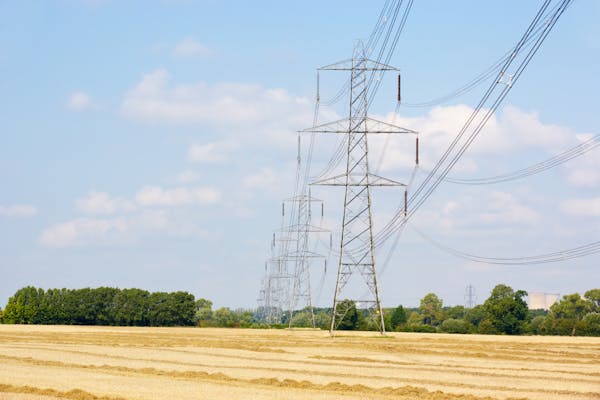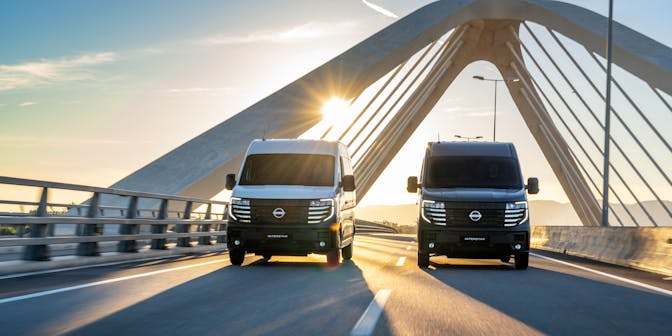An intro into decarbonising the National Grid
Driving around in electric vehicles rather than petrol and diesel is an important step in reducing carbon emissions and moving towards Net Zero but we also need electricity generation to get cleaner too, let's look at some of the basics.
We're huge fans of electric vehicles (obvious right?) but switching to electric vehicles will not solve the climate crisis on its own - far from it - it's just a step in the right direction.
In fact, switching to electric vehicles doesn't solve personal mobility emissions either as crucial to the climate impact of EVs is how the energy used to power EVs is generated. And this is where the National Grid comes in....

What is the UK National Grid?
In the UK the National Grid owns, manages and upgrades the high-voltage electricity transmission network - distributing electricity across the country, from where it has been generated to where it is needed.
So all the high voltage powerlines, the pylons and substations come under the management of the National Grid and this allows DNOs (Distribution Network Operators) to supply electricity to businesses and homes.
So given the complex nature of the National Grid how do we go about decarbonising it? There's a range of activities being pursued to make this goal happen. Let's take a look at some of them.
- Investment in renewable energy - an obvious one to start but making energy generation renewable reduces and hopefully eliminates the use of fossil fuels. Whether that's offshore wind farms, hydro electric, geothermal or solar, these sources produce little to no greenhouse gas emissions.
- Energy efficiency - promoting energy efficiency measures in business and at home. Whether that's transportation, industrial activity, retail or construction, each measure will help reduce overall electricity demand. And did you know that UK has passed 'peak' demand? Although the population has significantly increased in the UK since 1970, we use less electricity than we did 50 years ago, thanks in the main to a big reduction in heavy industry.
- Electrification: Encourage the electrification of sectors currently reliant on fossil fuels, such as transportation and heating. This involves transitioning vehicles to electric power and promoting electric heating systems - heat pumps rather than gas boilers.
- Grid Modernisation: Upgrade and modernize the grid infrastructure to accommodate a higher share of renewable energy. This includes integrating smart grid technologies, energy storage systems, and advanced grid management techniques to improve reliability and flexibility.
- Carbon Pricing: Implement policies such as carbon pricing or carbon taxes to internalise the social cost of carbon emissions and incentivise the adoption of cleaner technologies.
- Phasing Out Fossil Fuels: This is an obvious one and the UK has made significant progress in phasing out coal from our mix of electricity production. However we are still highly dependent on natural gas in electricity generation and import electricity from other countries what may or may not use fossil fuels in electricity production.
- Research and Innovation: Invest in research and development of new clean energy technologies, such as advanced solar panels, energy storage systems, and carbon capture and storage (CCS) technologies.
- Policy Support: Enact supportive policies at global, national and local levels to facilitate the transition to a decarbonised grid. This includes setting renewable energy targets, providing financial incentives, and streamlining permitting processes for renewable energy projects.
- Public Education and Engagement: Raise awareness among the public about the importance of decarbonising the grid and encourage individuals to adopt energy-efficient practices and support clean energy initiatives.
- International Cooperation: Collaborate with other countries and participate in international agreements to address climate change and promote clean energy deployment on a global scale.
By implementing a mix of these strategies the UK can further decarbonise energy generation and make sure the energy going into your EV's battery is low carbon.
More EV guides
6 surprising things you didn’t know about electric vans

Understanding Vehicle Excise Duty (VED) or "Road Tax" for EVs
How to save money on a new car with Salary Sacrifice
